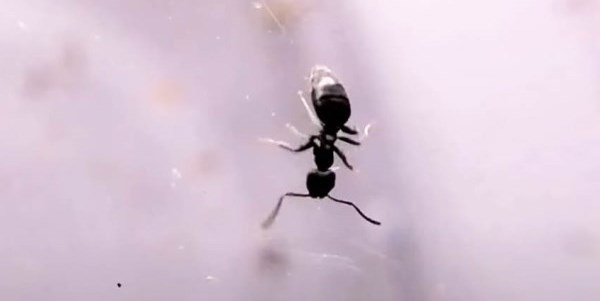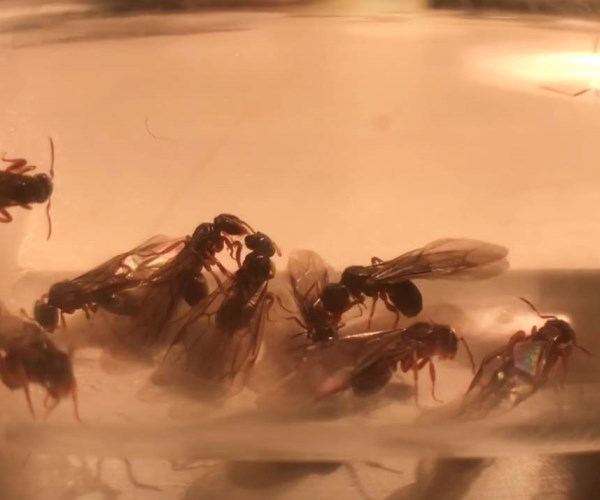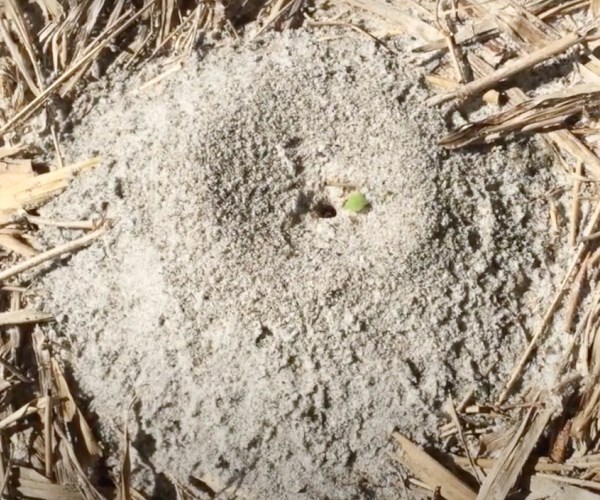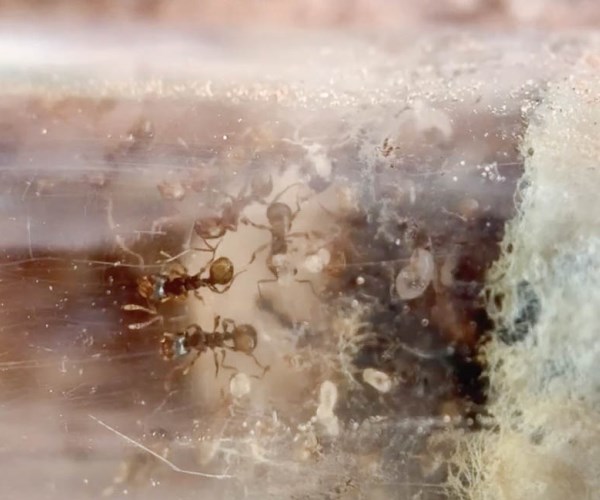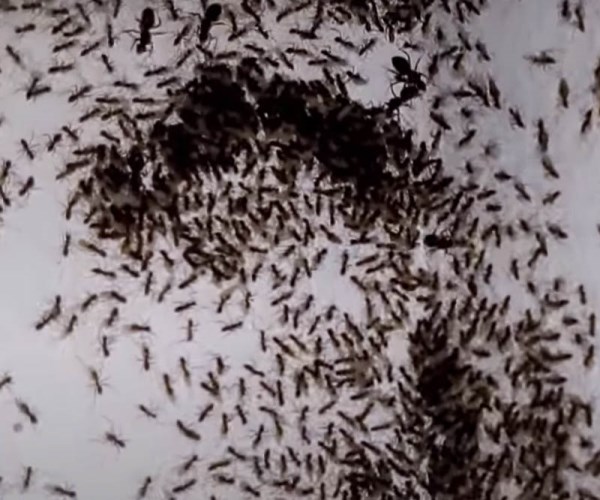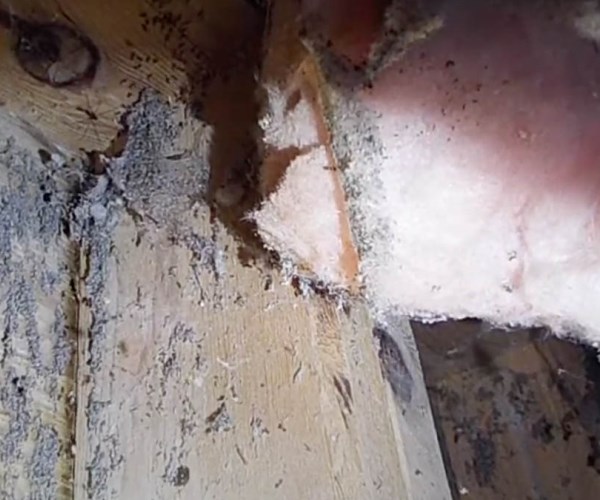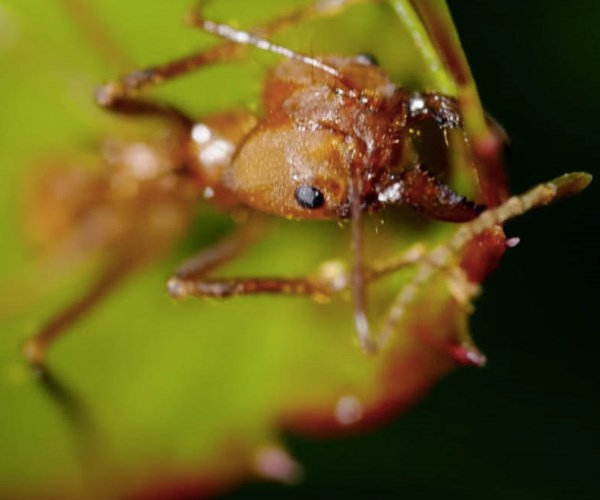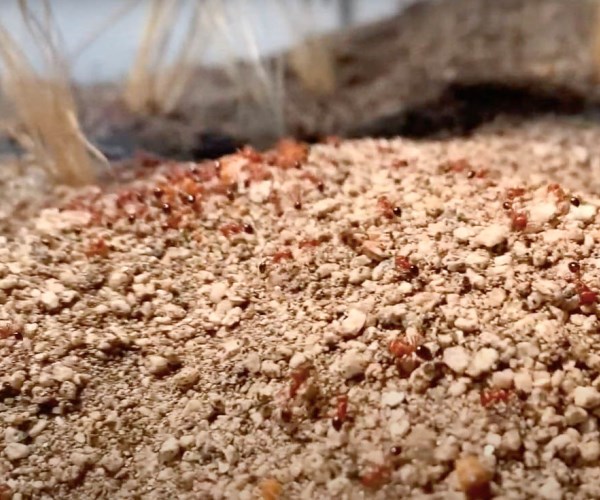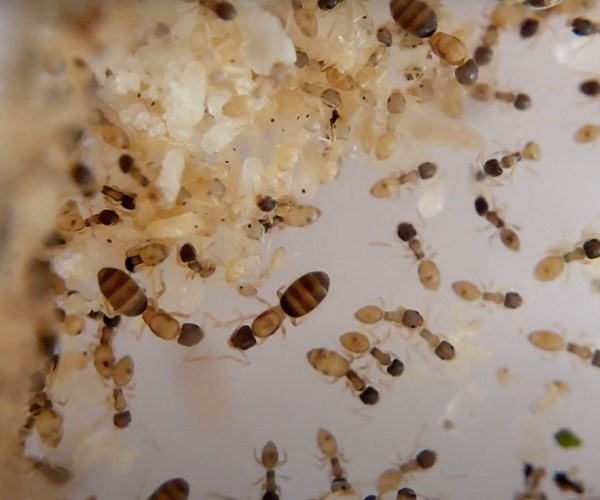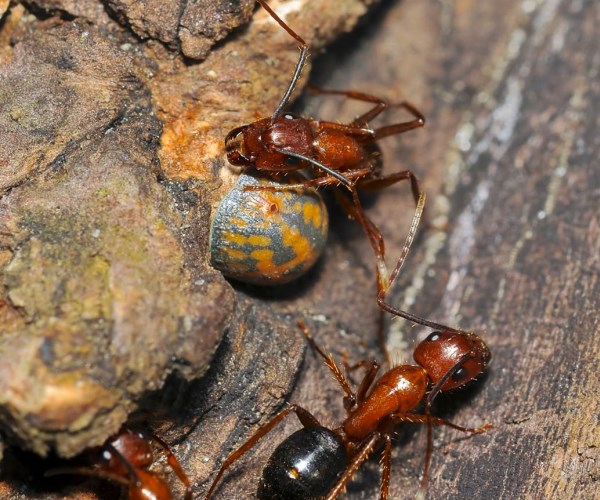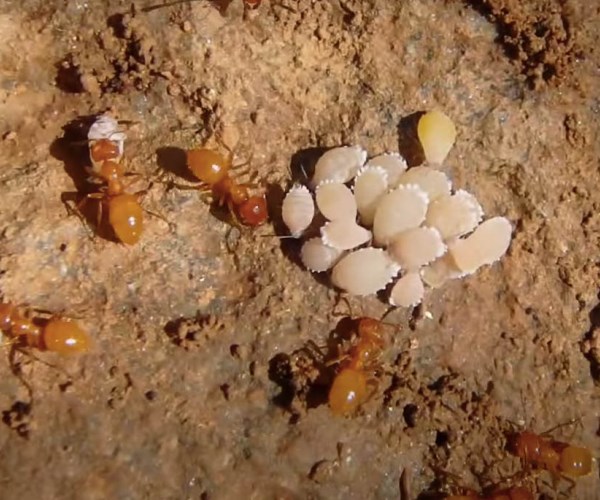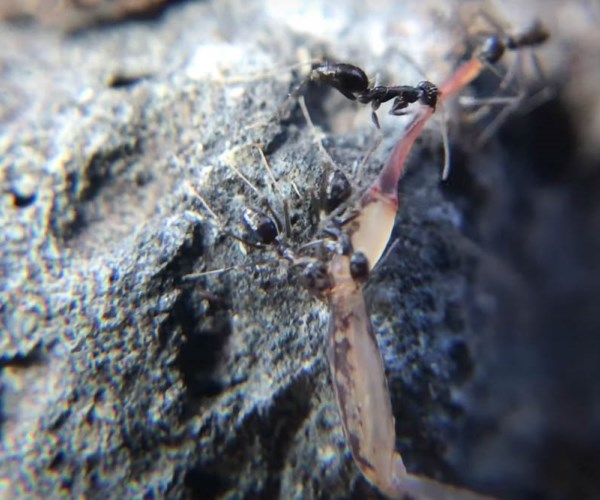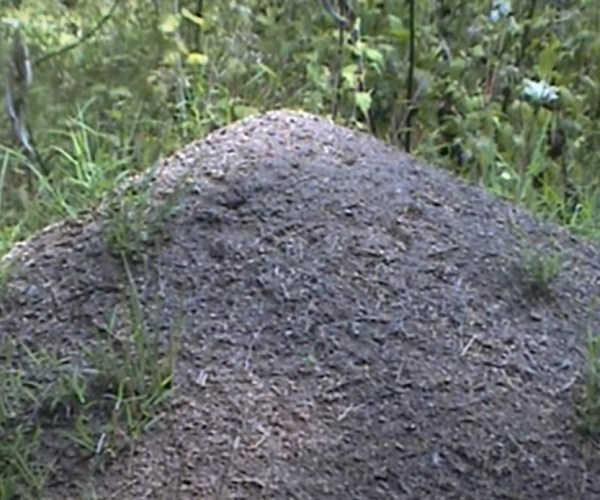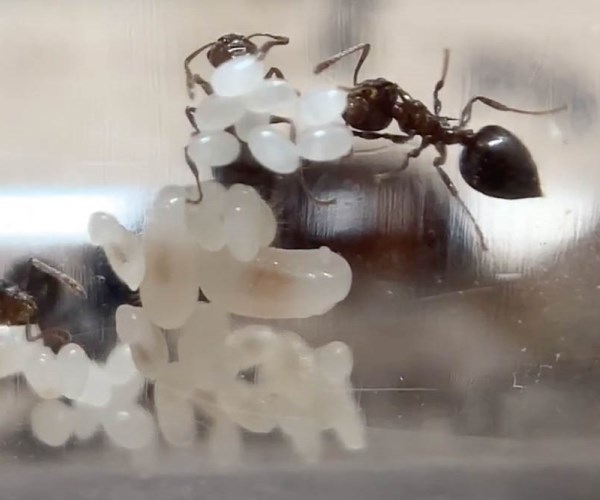About Field Ants
About Field Ants
Field ants are mostly found in lawns and meadows where they create mounds due to their nesting activities. The name of these ants could be from the fact that they mostly inhabit fields and open spaces. They share features with more aggressive ants and are commonly mistaken for those ants.
Appearance
Field ants are medium-sized to large-sized insects. The average length of field ants ranges from 4 to 8 mm. Field ants are yellow, black, or red insects. They could also have multiple colors, in most cases, red and black. The commonest field ants are the black field ants. The insects have two antennae and eyes. They also have six legs, a thorax, and an abdomen. Carpenter ants and field ants have similar physical features.
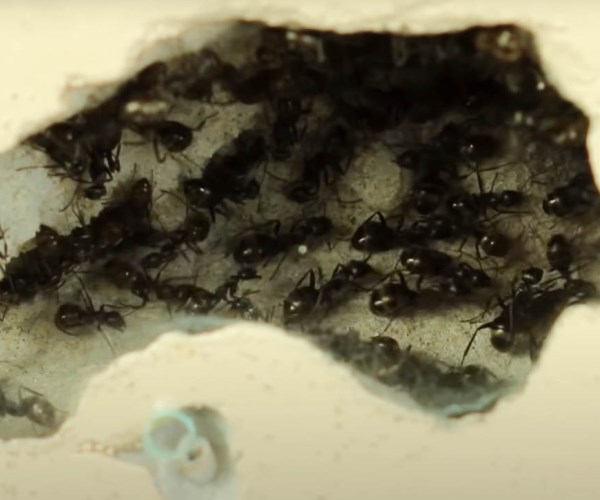
The distinguishing feature is that, when viewed from the sides, the thorax of the carpenter ant is well rounded. On the other hand, the thorax of the field ant is uneven.
Behavior
Field ants are mound-making insects. The mounds are from the soils excavated from the ground. As they nest underground, they dig and excavate soils that make the mounds. The insects make mounds with diameters up to 12 inches. Field ants make mounds in open spaces such as yards and fields. They also make mounds in wooded areas. They also nest in hidden areas such as underneath logs, porch slabs, and stones. Because they make mounds, field ants could be mistaken for fire ants.
They feed on insects, meat, and honeydew. Some species of the ant majorly feed on honeydew which is produced by other insects like mealybugs and aphids. To keep the supply of their food constant, the honeydew-eating field ants could maintain close relationships with insects such as aphids. They cater to the insects that, in turn, produce their food. Some species of field ants are also scavengers. Such insects feed on all kinds of available items including trash.
Field ants can live for an average of 10 years. The queen lays eggs that hatch into the workers. Like with other kinds of ants, the worker field ants are responsible for foraging and defending the colony. As opposed to other ants, some species of field ants have gynecoid workers. The gynecoid workers can lay eggs and substitute the queen when necessary. The ants have mating swarms that create new colonies.
A notable feature of field ants is that they do not infest indoor spaces. They mostly stick to outdoor spaces as indoor spaces offer minimal attractants. This is especially true for the species that keep the aphids that provide them with a constant supply of honeydew.
The species that may be found indoors are those that nest close to foundations. If they find entry points, they may enter homes. The swarmer’s are more likely to enter homes than the workers.
Damage they cause
Although they are commonly mistaken for the aggressive fire ants, field ants are a very docile species. The ants cause little to no damage and are mostly regarded as nuisance insects. Many species of field ants do not bite. Those that bite could release formic acid in the process. The formic acid makes the bites more painful. The species that bite are harmful to both humans and pets. They could also destroy plants by injecting them with formic acid. The species that bite only do so when they are disturbed or feel threatened. Since they create mounds in fields, the ants destroy well-manicured lawns. The mounds especially make mowing difficult.
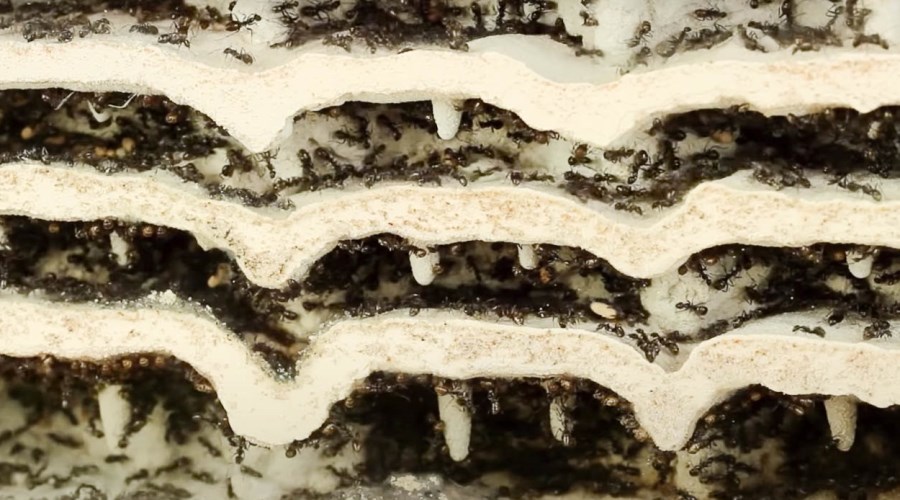
Signs of infestation
The workers could be seen foraging. Apart from seeing the workers foraging, the mound could be a sign of infestation. This is because the mounds of some species of the ants have plant materials. This feature could distinguish field ants from carpenter ants.
When found in unoccupied lands, field ants are left alone. The destruction they cause to lawns is the major reason behind their prevention and control.

